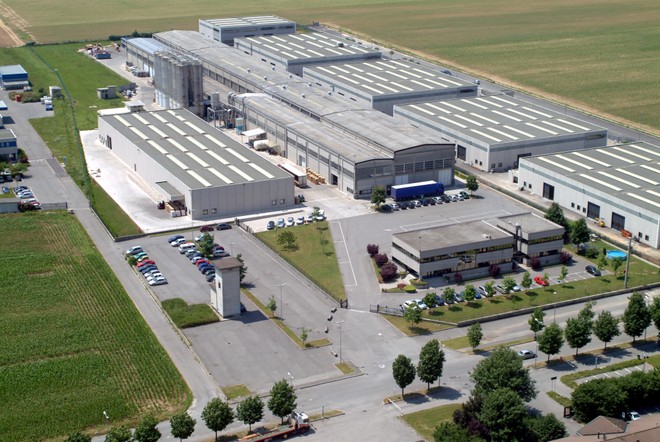
The theme of recycling is becoming more and more; important in the automotive world. The car manufacturers, in fact, are all committed to developing new systems to reuse the raw materials at the base of some components that have reached the end of their life and, in general, to reduce polluting emissions. Think, for example, of what is being done with electric car batteries. However, the work does not stop only with the accumulators, but also affects many other parts of the vehicles and, potentially, the cars in their entirety.
In order to make the automotive industry a real protagonist in the field of the circular economy, there is for & ograve; need to do a great job that must start from the design of the cars . Only in this way will it be It is possible to create models with components already; structured to be easily recovered. These are complex and interesting topics that we will surely hear a lot about over the next few years.
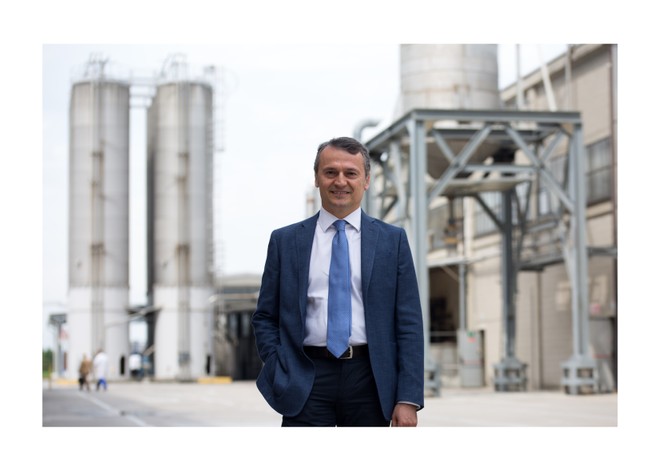
Precisely for this reason, we wanted to investigate these issues with Cesare Clausi , Global Sales Director of RadiciGroup High Performance Polymers , the RadiciGroup division specialized in the production and marketing of technopolymers for engineering use (based on polyamide, polyester and other materials). Present on a global scale, thanks to a commercial network located in all continents and to an activity; of global research and development, the division & egrave; part of the multinational RadiciGroup also active in the chemical and advanced textile solutions sectors.
The products of the RadiciGroup High Performance Polymers area are mainly applied in the following sectors: automotive, electrical-electronic, water management, goods consumer and industrial.
CAR E-SERVICE PROJECT
RadiciGroup High Performance Polymers participated in the Car E-Service project funded by the European Union Framework Program for Research and Innovation Horizon 2020. Goal? To develop innovative circular economy models for the automotive industry. And in particular, RadiciGroup is & egrave; involved in recovering polyamide components from end-of-life cars by transforming them, following a series of formulations and processes, into a new polymer-based raw material. Thanks to Cesare Clausi, we have therefore been able to know something more; of the project, of how the parts to be reused are chosen, of the actual recycling phase and of the & quot; second life of these components & quot ;.
Clausi explains that RadiciGroup's task was to < strong> create a concrete example of a circular economy thanks to the great experience of the Group in the field of technopolymers, also for recycling. Therefore, specific components have been identified by looking first and foremost at ease; of retrieval. In addition to this, it & egrave; also aimed at the homogeneous nature of their polymeric matrix. For example, an airbag & egrave; composed almost entirely of polyamide 66. Therefore, once removed from the car at the end of its life it can be; be treated without complications given by & quot; pollutants & quot; that in other components, however, can be found.
Removing an airbag & egrave; a relatively simple operation but some caution must be taken and must be done by specialists and therefore there is; also the issue of collaboration with those who know the activities well; of dismantling. Staying on the airbags, we & egrave; made them burst in the car, releasing the gas. Then we & egrave; proceeded to remove them and collect them separately. The appearance of the collection becomes more important in the case, for example, of wheel covers because & eacute; they can be made of polyamide 6, 66 or of reinforced polypropylene. Once we separated and collected these airbags, we sent them to “grind”. We do not grind internally but at specialized third-party companies or at one of our production sites that deals with recycling.
The Global Sales Director of RadiciGroup High Performance Polymers then adds that, once they receive the & quot; ground coffee & quot ;, they deal internally with & quot; characterize it & quot ;, that is; to do a chemical-physical analysis of these incoming raw materials by going to see the type of the polymeric matrix present. Clausi also explains that before starting them with the transformation process concerning extrusion and which is carried out internally, it is decided what to transform this product into.
We must start from the incoming characteristics of the raw materials, to understand if they can be suitable for obtaining technopolymers with certain performances. Let's look down to end use. When we talk about the performance of our finished product we have to look not only at the chemical-physical characteristics concerning, for example, the melting point, but above all at the mechanical characteristics.
The main applications of polyamide in the car are in the under-hood and therefore close to the combustion engine; & egrave; easy to imagine temperatures and stresses.
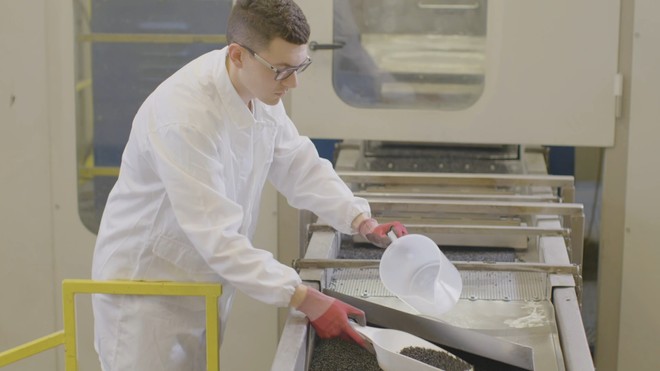
Clausi adds that at that point the properties are identified; objective to be achieved and decide how to build a formulation or modify these raw materials during the extrusion phase to get the desired results. Simplifying, the polyamide obtained from the recovery of the airbags is melted, and added with fiberglass or other reinforcements, with the aim of improving its properties; of stability thermal and technical performance in general.
The material then comes out of the extrusion process in the form of spaghetti which are chopped into granules. Compared to how they entered, these secondary raw materials come out with different characteristics. Finally, the properties are measured again. to check if they correspond to the objectives that had been set. At that point, the material is; ready to be sold and transformed again into a plastic product by other companies more & ugrave; downstream.
As part of the Car E-Service project, the Group has identified new possible applications of recycled technopolymers. For example, they have been transformed into a component of a charging station for electric cars or used to make products such as plugs and sockets.
In the same project we also used the raw materials obtained from the airbags to create components that & ograve; they were used by us to validate their properties. Over time we have built the molded pieces that we needed to understand the main characteristics of a material (demonstrators).
A job that & egrave; been done, there & egrave; was explained, also for the raw materials obtained from the wheel covers, handles and wipers. A great contribution to this whole process was given by the internal design service that worked on the simulation of the behavior of these recycled materials to verify with a good degree of certainty that they would be able to obtain the same results as a product obtained starting from from a & quot; virgin & quot; polymer.
TRANSPORT AND STORAGE
But how are these products stored and how are they shipped to companies that need them? On these issues, Clausi & egrave; was very clear. Polyamide has a very important characteristic and that is; that of absorbing a lot of moisture . For this, pi & ugrave; dry possible . If not, there may be problems when it is transformed back into some piece. Therefore, silos with humidity are used; controlled. There are also different forms of packaging. There is, for example, the 25 kg aluminized bag with a polypropylene protection that is guaranteed for 6 months.
Alternatively, packages called & quot; octabin & quot; are available. which contain 1,000 kg of material. Then of course a lot also depends on where it needs to be transported.
ABATEMENT OF EMISSIONS
Closely linked to the theme of recycling, there is; also that of reducing polluting emissions , an aspect on which companies in the automotive sector are working a lot. Clausi explains that the bulk of the environmental impact occurs in the upstream phase, from the extraction of oil to the refining of the chemical industry.
When I start from a product that does not require a new cycle from birth, that is; from extraction and then from transformation, but which starts from something that is arrived at the end of life or & egrave; a production waste from other cycles such as textile or polymerization, I am already; starting by cutting the bulk of that product's impact slice. When we make comparisons on the environmental impact by comparing a virgin polymer with a polymer that comes from industrial recycling, the reduction reaches even 80%.
THE COLLABORATION WITH THE MANUFACTURERS
The three-year Car E-Service project took place; just concluded. So, we asked what the group has learned and how they will use the accumulated experience. Clausi wanted to underline that they have learned a lot. Starting from the fact that the High Performance Polymers Business Area has a long experience in the recovery and recycling of polymeric materials, Car E-Service & egrave; was the first project in the automotive sector of a certain importance that allowed us to team up between players in the supply chain.
We look at the work done on the airbags as something that we can really consolidate and from which starting a development, a virtuous circle that can then be translated into a regular business that in a certain sense also makes the recovery of the airbags systematic and then channeled into the recycling of our products.
Clausi obviously explains that & egrave; partnerships needed . Then there & # 39; & egrave; an important aspect that goes to & quot; weigh & quot; a lot about the whole process and that is that & egrave; It is essential to start from the design of the components, taking into account how they can be recovered at the end of their life. Manufacturers, therefore, should think about making cars with recyclable parts or that can be disassembled quickly and easily sent for recovery.
We are giving out identity cards; of our products in terms of environmental impact. We provide the environmental declaration of our product to the design offices of the car manufacturers.
Car manufacturers can then compare it with other products to choose the best and ensure the lowest possible environmental impact. Metal replacement & egrave; a very important issue for all car manufacturers: replacing metal components with others made of polymeric material & egrave; a choice that brings advantages in terms of emissions over the entire life cycle because it is; lightens the car, a not insignificant detail especially on the electric ones which, due to the battery pack, weigh more; endothermic.
In addition to weight reduction, there is; even greater freedom; component design. If until 10 years ago manufacturers used recycled products for marketing purposes, today it is not; more so it is. Requesting from a manufacturer a technopolymer that is partially or completely recycled, allows car manufacturers to calculate the reduction of CO2 emissions for the entire life cycle of the car.
APPLICATIONS IN THE WORLD AUTOMOTIVE
The advent of mobility electric, Clausi explained to us, represented a challenge for the group since the products for the automotive world, until now, had been designed for endothermic cars. A challenge that & egrave; proved relative as it is & egrave; dealt with looking at change in a positive way using the knowledge of the group to fit into this new context.
Indeed, new possibilities have opened up. For example, the electric have large batteries and & egrave; necessary to ensure the insulation of the cables. We also need products with a conductivity; different thermal and equipped with properties; self-extinguishing. If a component of an electric car burns, explains Clausi, you have to make sure that it goes out as quickly as possible.
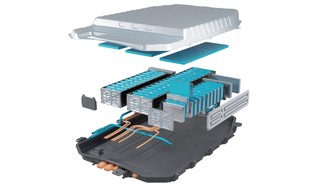
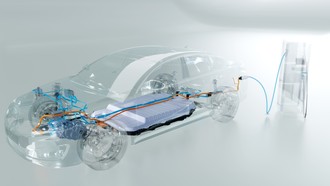
A job that the group was able to undertake thanks to the specific skills already; developed for some time in markets such as the electrical/electronic industry and civil/industrial engineering.
What was feared to lose in terms of volumes and sales will be; You can retrieve it in other applications. Think, for example, of connectors, battery cell separators, cooling circuits, cable covers and more.
The Samsung pi? balanced? Samsung Galaxy A52 5G, buy it at the best price from Amazon at 415 euros .